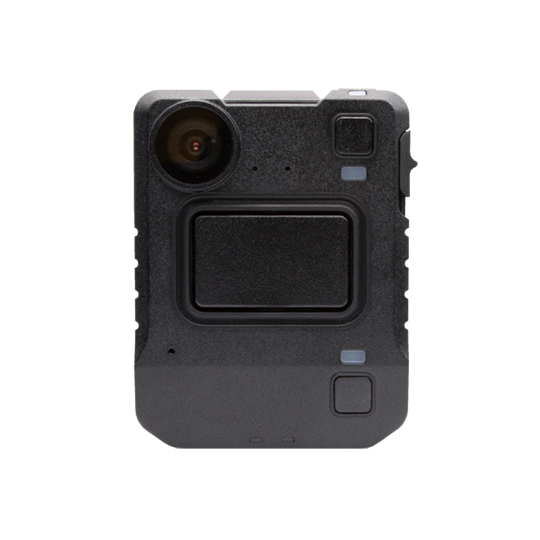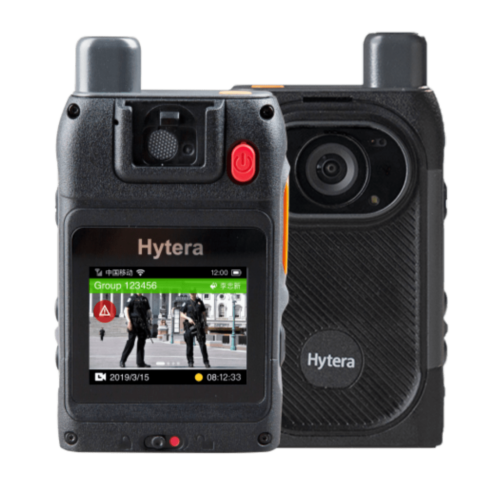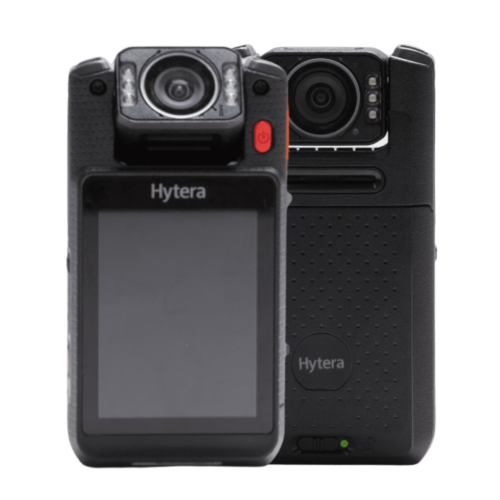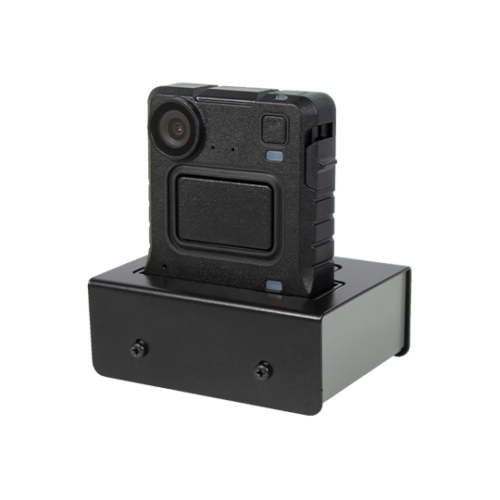
A body worn camera (BWC) is a device that is worn by law enforcement officers, security personnel, or other individuals, and is designed to capture video and audio recordings of their interactions with the public or in their work environment.
Bodycams are typically used by police, fire and ambulance services, but they are also issued to prison staff, private security officers, healthcare workers, railway workers, traffic wardens and parking attendants, any workers who may face abuse and the threat of violence in their jobs.
Modern bodycams are smaller, lighter and increasingly sophisticated in the type of features they now support including; full HD video quality, infrared, night vision, integration with wearable equipment and even the ability to stream live footage to other devices.
The footage captured by body worn cameras is stored in an encrypted format and can only be viewed by an ICO registered organisation for data protection purposes. It can provide valuable evidence in investigations, and can also be used to monitor staff behaviour and improve training programs with real time footage.

Hytera
VM580D
Features
In Stock
RRP From £345.00 ex. VAT

Hytera
VM780D
Features
In Stock
RRP From £490.00 ex. VAT

Motorola
VB-400-DOCK-SOLO
Features
In Stock
RRP £70.00 ex. VAT
No, there are no specific laws regarding the use of body worn cameras. You will need to investigate how data is stored, who has access to view it and if signage is required to make people aware that bodycams are in use.
A charged battery should last a minimum of 12 hours however this varies depending upon record time and record quality. If a body worn camera records more frequently, and at a higher resolution, the battery life will be reduced.
There are several factors that can affect video quality, including the light condition, camera placement, the camera’s resolution, frame rate, and bitrate. Higher resolution cameras can capture more detail, while higher frame rates can produce smoother video with less motion blur. Bitrate determines the amount of data used to encode the video.
There is a range of storage options available, from storing data on a memory card within the camera, to downloading the data onto computer based software, to cloud based solutions. The type of storage requirement will vary upon how the camera is used, the purpose of the camera, and what the footage could be used for i.e. legal or evidence gathering.